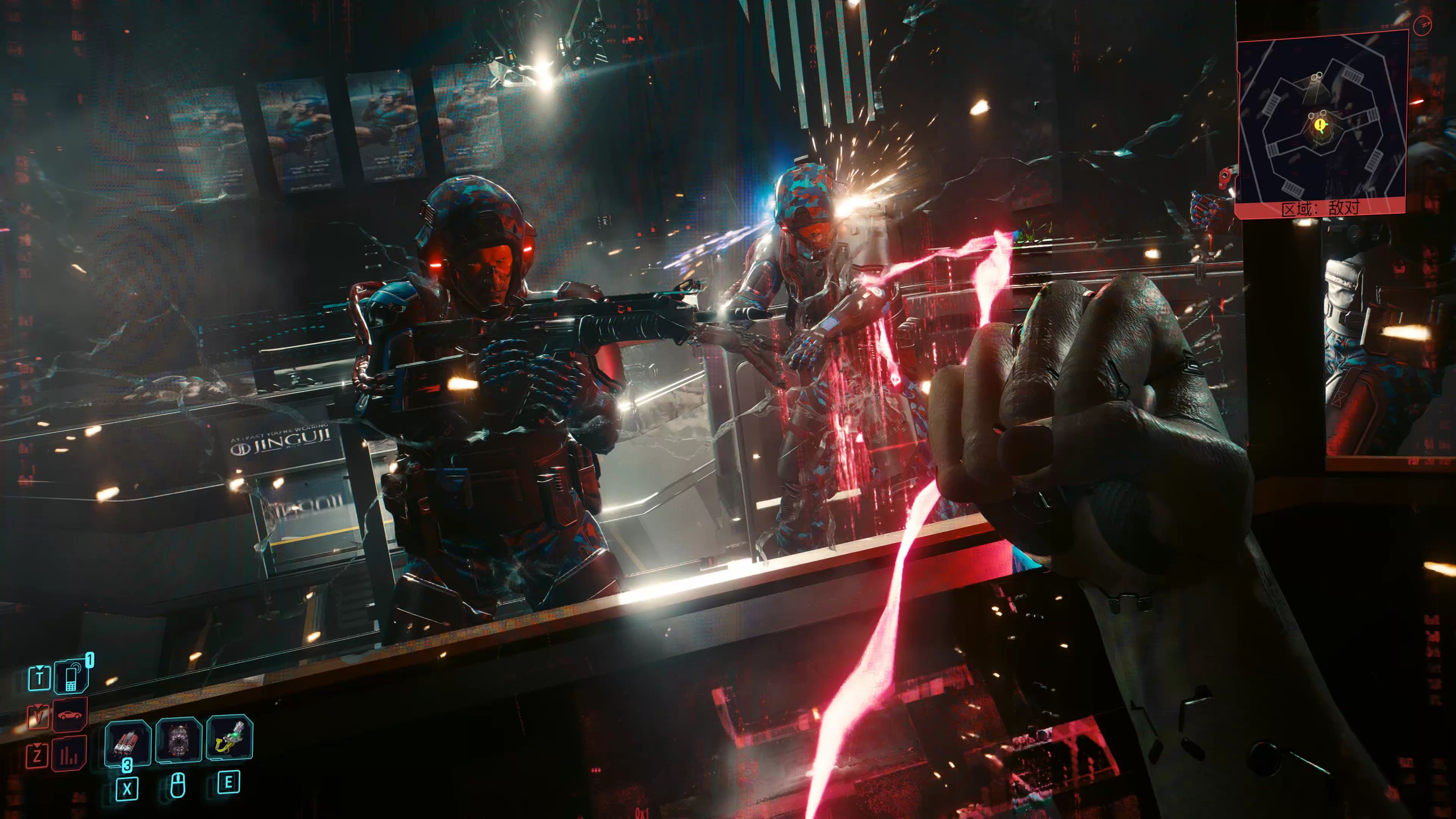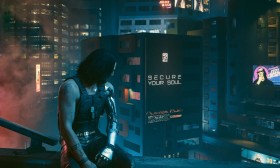Of all the pillars that support the terrifying edifice of Silent Hill 2, its soundscape is arguably the most profound. Akira Yamaoka’s original score was not merely accompaniment; it was the very voice of the town, the auditory manifestation of James Sunderland’s grief, guilt, and psychological decay. As Bloober Team prepares to unveil their reimagining of this classic, the question of the soundtrack’s fate looms larger than any monster design or graphical upgrade. The approach to the Silent Hill 2 Remake’s score is a tightrope walk over an abyss of fan expectation, balancing reverence for a sacred text with the necessity of a new auditory language for a new generation. Predicting its direction requires an understanding of horror’s evolution, the technical possibilities of modern gaming, and the delicate psyche of its protagonist.
The most likely and safest prediction is a model of Layered Fidelity. This approach would see the original melodic themes—the melancholic piano of “Promise,” the industrial anguish of “Theme of Laura,” the serene yet sorrowful “True”—recreated with pristine, high-fidelity audio. These iconic leitmotifs would be preserved almost intact for key narrative moments, providing the essential emotional anchors for players familiar with the original. However, the true innovation would occur in the ambient soundscape that comprises 80% of the experience. The original’s infamous radio static, the distant, distorted clangs, the unsettling whispers and drones were masterclasses in anxiety-building with the limited technology of the time. A modern remake cannot simply reuse these low-bitrate samples; it would feel cheap and ironically dated.
Instead, we should anticipate a dynamic, adaptive audio system that uses Yamaoka’s original compositions as a blueprint rather than a finished product. Imagine walking through the fog-choked streets. The familiar drone of “Null Moon” is present but not as a simple loop. It becomes a living entity, a procedural soundscape. The stalker-like presence of Pyramid Head wouldn’t just be signaled by a pre-recorded track fading in. The audio engine could layer dissonant, metallic textures pulled from the “Pyramid Head” theme directly onto the environmental sounds, making his approach feel more organically terrifying and less like a musical cue. The score would breathe with the player, its intensity and instrumentation shifting based on proximity to threats, the state of James’s sanity (perhaps represented by a new mechanic), and the player’s own movement—standing still might reveal faint, haunting echoes of Mary’s voice buried deep in the mix, while running triggers more aggressive, percussive industrial noise.

This leads to the second key prediction: a deeper Psychological Diegesis. The original score’s genius was its blurring of the line between non-diegetic music (for the player’s benefit) and diegetic sound (originating in the game world). The remake has the tools to obliterate this line entirely. The unsettling noises should feel as if they are emanating from the town itself—from its rusty grates, leaking pipes, and shifting structures. The music is Silent Hill, and Silent Hill is the music. This approach would further immerse the player in James’s subjective reality. During intense moments of panic, the score could become increasingly distorted, mimicking a racing heartbeat and a disassociating mind. In the Lakeview Hotel, a location that is the epicenter of James’s trauma, the audio could devolve into a chaotic symphony of remembered arguments, the sound of Mary’s illness, and the heartbreaking melody of “Love Psalm,” all warped and intertwined beyond recognition.
A significant question is whether new original compositions will be introduced. This is a riskier proposition, but a necessary one. Entirely new areas or expanded sections would demand new music. The key will be for any new pieces to be composed in the spirit of Yamaoka’s methodology, not just his sound. Yamaoka famously used sound as narrative. A simple, clean melody represents a memory of innocence and love, which is then corrupted, distorted, and buried under layers of noise and rhythm as the truth is unearthed. Any new tracks must follow this philosophical rule. They must feel like lost fragments of the same haunted dream, not standout additions that disrupt the cohesive, mournful atmosphere.
The greatest challenge, and thus the most critical prediction, is the preservation of Emotional Resonance. Modern horror game scores, for all their technical brilliance, often prioritize sheer terror over complex melancholy. The remake’s score must resist the urge to be constantly frightening. The power of Silent Hill 2’s audio lay in its emptiness, its pauses, and its heartbreaking beauty. The long, silent walks through the fog with only the crunch of gravel underfoot were as important as the frantic compositions during combat. These moments of quiet dread make the melodic eruptions so powerful. If the score is a constant onslaught of aggressive, dynamic horror scoring, it will lose the introspective soul that made the original so enduring. The terror must serve the tragedy, not overshadow it.
In conclusion, the predicted score for the Silent Hill 2 Remake will likely be a masterful and respectful technological expansion of a timeless work. It will honor the unforgettable melodies that have haunted players for decades while leveraging modern audio technology to create a more immersive, dynamic, and psychologically penetrating soundscape. It must be a score that understands its primary role is not to scare the player, but to make them feel the profound weight of James Sunderland’s grief. If successful, it will not replace Akira Yamaoka’s original but will stand as a powerful and complementary re-orchestration, proving that the sounds of Silent Hill, much like the town itself, can take on new forms for new visitors while forever being shaped by the sins of the past.














